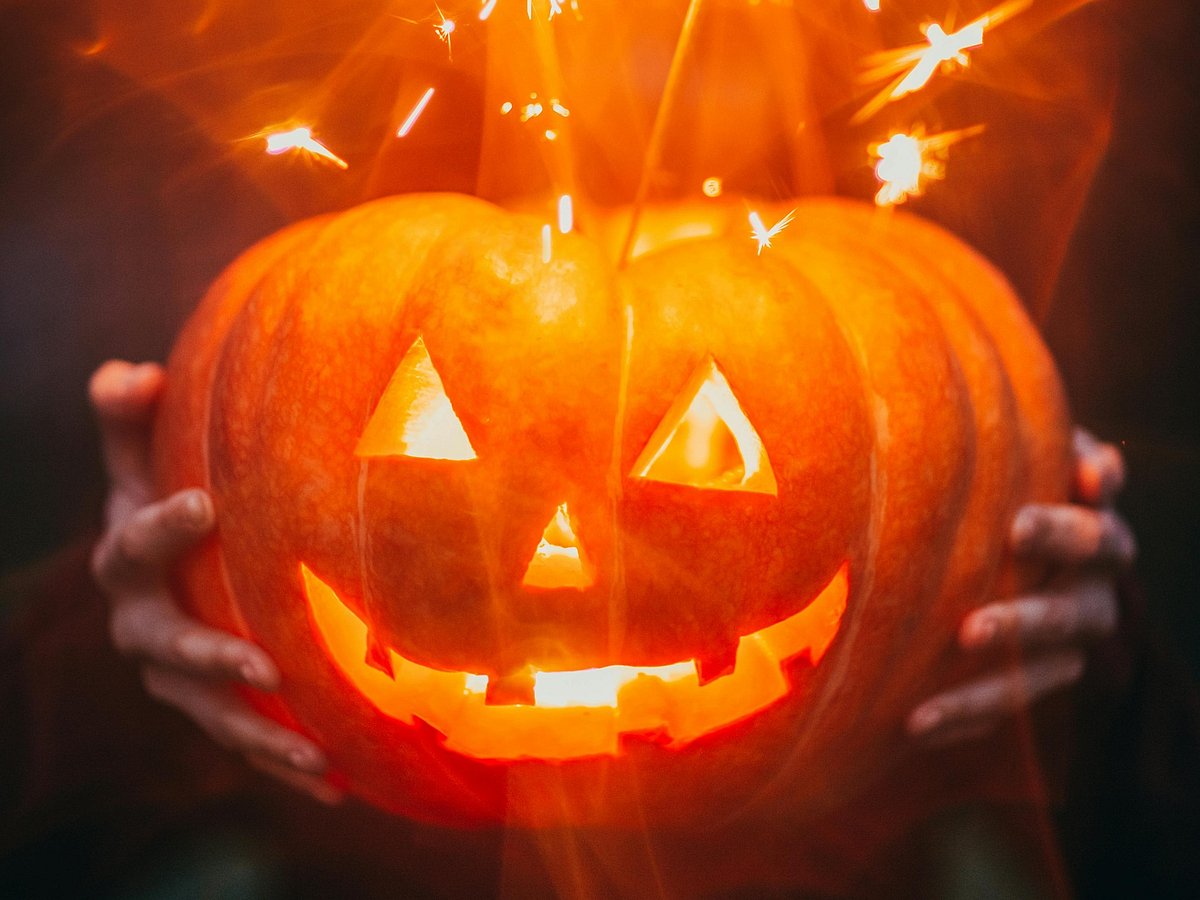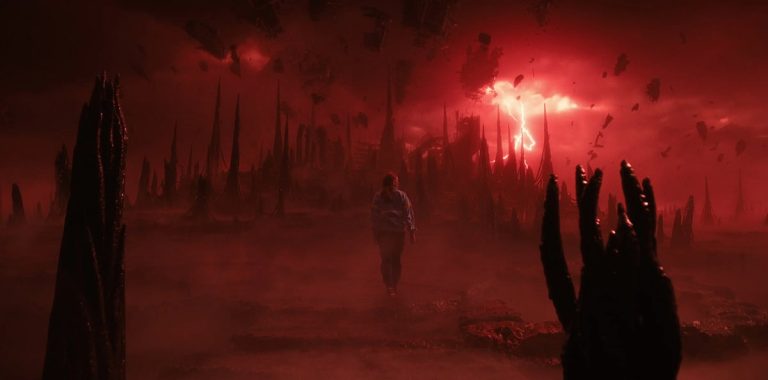The History of Pumpkins in Halloween Traditions
As Halloween approaches, pumpkins become an iconic symbol of the season, adorning doorsteps and featuring prominently in festive treats. Their presence is so ubiquitous that it raises the question: how did pumpkins become synonymous with this spooky holiday? The answer lies in a blend of ancient traditions, folklore, and cultural evolution that has shaped Halloween into what it is today.
The Origins of Halloween
Halloween’s roots can be traced back over 2,000 years to the ancient Celtic festival of Samhain, which marked the end of the harvest season and the onset of winter. During this time, communities would gather to light bonfires and share stories about spirits believed to roam the earth. This celebration was not only a way to honor the changing seasons but also a means to connect with the supernatural.
Samhain and Its Significance
One of the most significant sites associated with Samhain is the Hill of Ward in County Meath, Ireland. This ancient location was a central hub for Samhain festivities, where the Celts would ignite ceremonial fires to welcome the new year and guide lost spirits. Archaeologist Dr. Steve Davis from University College Dublin has noted the historical importance of Tlachtga, the site of these celebrations, highlighting its role in fostering community unity and protection as winter approached.
The Evolution of the Jack-o’-Lantern
Before pumpkins became the hallmark of Halloween, the term “jack-o’-lantern” referred to a different phenomenon entirely. Originally, it described the “ignis fatuus,” or will-o’-the-wisp, a mysterious light seen flickering over marshes in East England. The term evolved over the centuries, and by the 19th century, it came to represent carved turnips or pumpkins, used to ward off evil spirits.
Carving Traditions
The practice of carving vegetables has a long history, but it was in Ireland and Britain that it became a Halloween tradition. In the 1800s, people would hollow out turnips or mangel wurzels and carve grotesque faces into them. This custom was rooted in the belief that these lanterns could scare away malevolent spirits. Over time, as pumpkins became more accessible in America, they replaced turnips as the preferred choice for Halloween decorations.
Modern Halloween Celebrations
Today, pumpkins are not just for carving; they have permeated various aspects of Halloween culture. From pumpkin-spiced lattes to elaborate decorations, they play a central role in the festivities. In places like the UAE, pumpkin-themed treats and decorations have become popular, allowing families to partake in the Halloween spirit without the associated spookiness.
Trick-or-Treating Traditions
The modern practice of trick-or-treating has its origins in medieval customs such as guising and souling, where individuals would go door-to-door performing songs or offering prayers in exchange for food. This tradition gained traction in the United States during the 1920s and 1930s, evolving into the candy-filled experience we know today.
The Symbolism of Halloween Colors
The colors associated with Halloween—orange and black—carry significant meaning. Orange symbolizes the harvest and the autumn season, while black represents darkness and mystery. Together, these colors create the quintessential Halloween aesthetic that is recognized worldwide.
The Role of Halloween Creatures
Bats, black cats, and owls have long been linked to Halloween, often appearing as decorations or costume motifs. These creatures were historically believed to be associated with the supernatural, adding to the eerie atmosphere of the holiday.
The Commercialization of Halloween
Halloween has transformed into a major commercial event, particularly in the United States, where spending on candy alone exceeds billions annually. The holiday’s popularity has been bolstered by films such as “Hocus Pocus” and “Halloween,” which have inspired a wide array of decorations, costumes, and themed parties.
The Haunted House Phenomenon
The concept of haunted houses has its roots in early 20th-century attractions, with the Orton and Spooner Ghost House being one of the first commercial haunted house experiences. Over the years, the idea evolved, particularly during the Great Depression when communities created DIY haunted houses as a form of affordable entertainment. The 1970s saw a significant shift with the introduction of theme park-based haunted events, such as Knott’s Scary Farm, which set the stage for the elaborate haunted attractions we see today.
FAQs
Why are pumpkins associated with Halloween?
Pumpkins became associated with Halloween through ancient traditions of carving vegetables to ward off evil spirits, evolving from turnips to pumpkins as they became more accessible in America.
What is the significance of the colors orange and black during Halloween?
Orange represents the harvest and autumn, while black symbolizes darkness and mystery, together creating the classic Halloween aesthetic.
How did trick-or-treating originate?
Trick-or-treating has its roots in medieval customs where people would perform songs or prayers in exchange for food, evolving into the candy-gathering tradition we know today.
Conclusion
The pumpkin’s prominence in Halloween celebrations is a fascinating blend of history, folklore, and cultural evolution. From ancient rituals to modern festivities, pumpkins have become a symbol of the season, embodying the spirit of Halloween. As the holiday continues to evolve, it remains a time for creativity, community, and a touch of the supernatural.
Also Read:
New Museums to Enhance UAE’s Cultural Landscape
Michelin Guide Food Festival Returns to Abu Dhabi in Novembe







